Monday, May 30. 2016
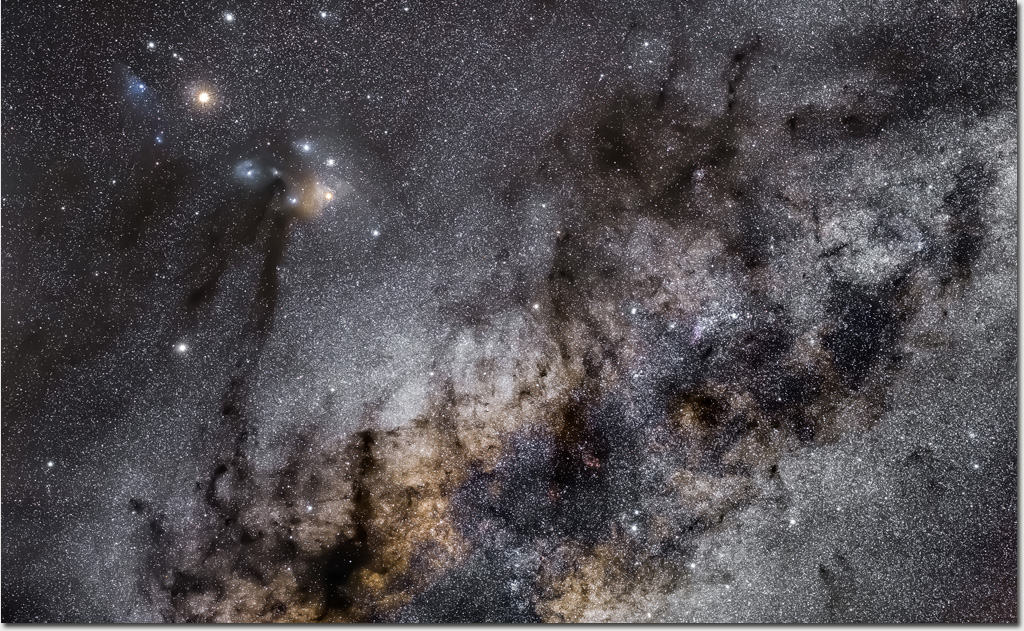
Looking directly up into the Milky Way and the constellation of Scorpio I see two wandering planets amid a sea of stars
An orange Mars, the largest and brightest lingers on the back of the scorpion gazing off at the eerie glow of the Blue Horsehead Nebula to the left.
The red giant Antares lights a vast portion of the Rho Ophiuchi cloud complex with a soft orange glow while the speckled white star cluster of Messier M4 just above it hides its true nature, some 75 light year across from 7200 light years away in the distant past.
A white Saturn off to the left of centre pretends to be like any other bright star only its solid light gives its true nature as a wanderer of our solar system away.
The magnificent black Lagoon Nebula at the bottom looks for all the world like part of the night sky is missing as like so much of the dark structures of our Milky Way it hides the millions upon millions of unnamed stars behind it.
Try as I might, there really are no words to describe all this in one small part of the Milky Way under an Uluru desert sky.
Photo: Robert Rath, 'Wandering In a Sea of Stars', 33 x 60s f/4 ISO1600 50mm
Saturday, May 28. 2016
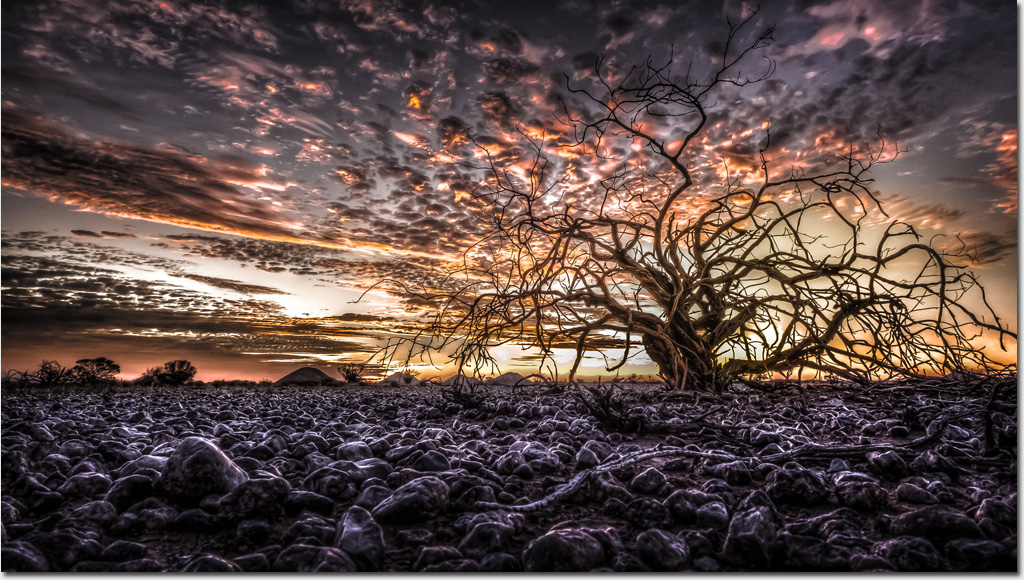
There is a huge debate debate in Australia in regards to the storage of radioactive waste.
As the world grapples with the problems of dealing with the waste of nuclear power stations, science and the use of radioactive materials in medicine some governments are looking at Australia's vast barren unpopulated outback regions as a possible dumping ground. Unfortunately some people in our government are seeing only the commercial opportunity and are lobbying their cause.
The arguments for dumping nuclear waste here are strong. The arguments against dumping are strong. Yes we have vast regions which are unpopulated, dry and geologically stable but if you ever get to visit these places you will find they have life and beauty all of their own.
Perhaps the real problem here, the creation of waste is the one which should be tackled rather than sweeping it under the rug or into the outback.
Photo: Robert Rath, 'Outback Apocalypse', 1/8s f/18 ISO250 15mm
Wednesday, May 25. 2016
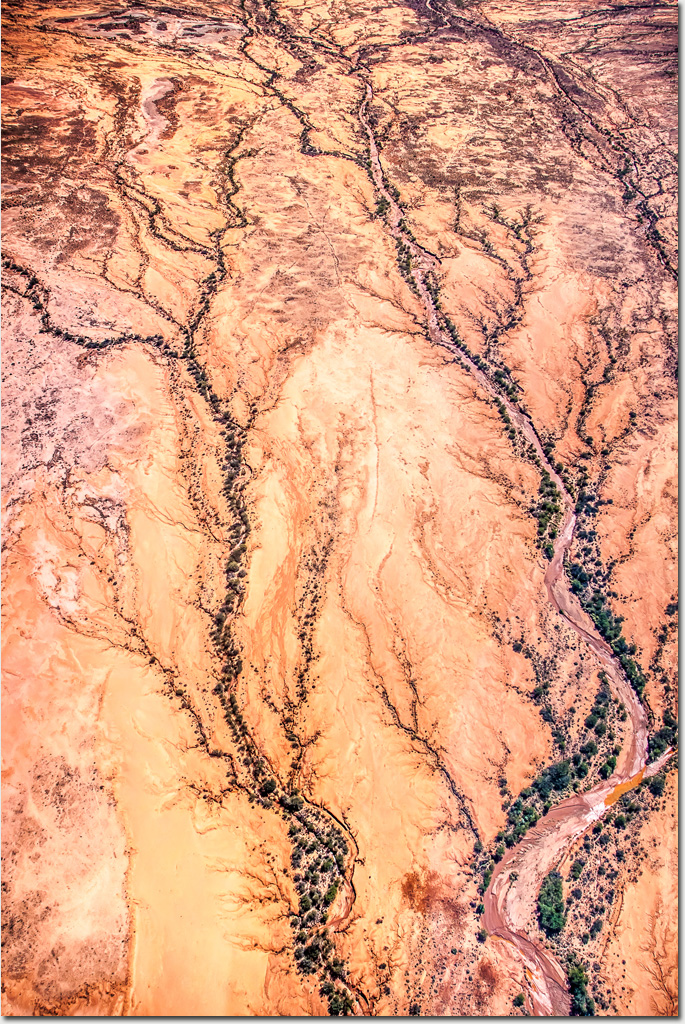
These intricate structures carved into Petermann Pound in the Watarrka National Park carry the lifeblood of the Australian outback, water.
It had been a week since the rains and still some water remains in pools and some has been taken into the earth to nurture the trees of the pound.
Most however has been collected into Petermann Creek before finding its way into the Finke River and eventually the South Australian border hundreds of kilometers to the south east.
From up here these desert waterways could indeed be the veins of some mythical dream-time creature giving life to this arid part of the Australian outback.
Photo: Robert Rath, 'Veins of Life', 1/1000s f/5 ISO100 17mm
Monday, May 23. 2016
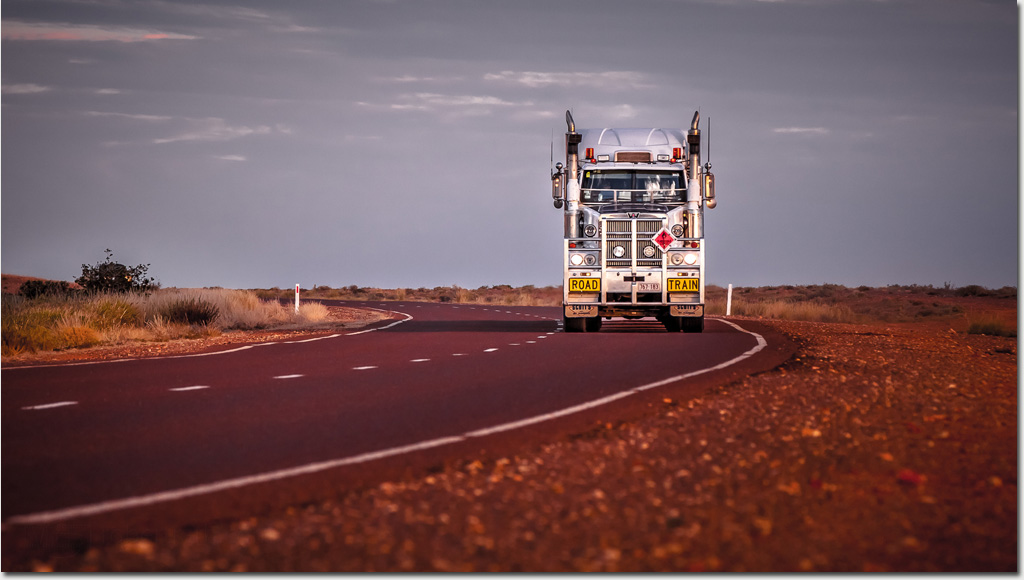
Nothing beats the raw power power of a two kilometer long diesel-electric train pulling a full load but the interstate road trains we shared the roads with have an awesomeness all of their own.
Most of the road trains we saw consisted of a prime-mover and three trailers and probably weighing in between 100 and 150 tonnes. You really get to appreciate their scale when attempting to overtake a convoy of two or three in a row.
I have great respect for the drivers of these brutes, driving hundreds of thousands of kilometers each year driving a vehicle that could easily take out a small outback town in moment of inattentiveness.
I'm no truck enthusiast but I can appreciate what some people are with these beasts on our roads.
This Australian made beast is a Western Star 6900 FXC powered by a Cummins ISX Euro 5 ,15 litres 600Hp diesel engine.
Photo: Robert Rath, 'Desert Train', 1/250s f/5.6 ISO250 200mm
Sunday, May 22. 2016
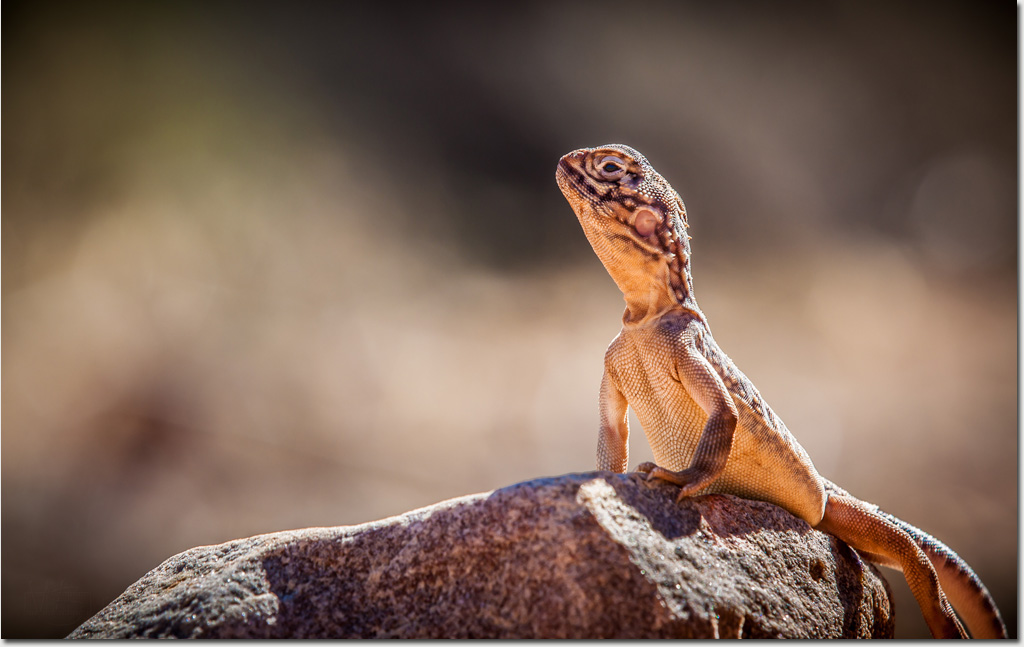
For the most part the critters we encountered at Uluru and Kings Canyon were timid and did not easily allow themselves to be photographed.
This Ring-tailed Dragon (Ctenophorus caudicinctus) at the start of the Kings Canyon rim walk was one notable exception.
He was happy to sit here on this rock watching just meters from the walkers passing along the trail, most of whom did not even notice him there.
Only when I started crawling up to him on my belly did other passers by take notice. I'd swear the expression on that dragon's face was amusement at a human on his level.
Photo: Robert Rath, 'Ringed Tailed Dragon', 1/100s f/8 ISO100 200mm
Friday, May 20. 2016
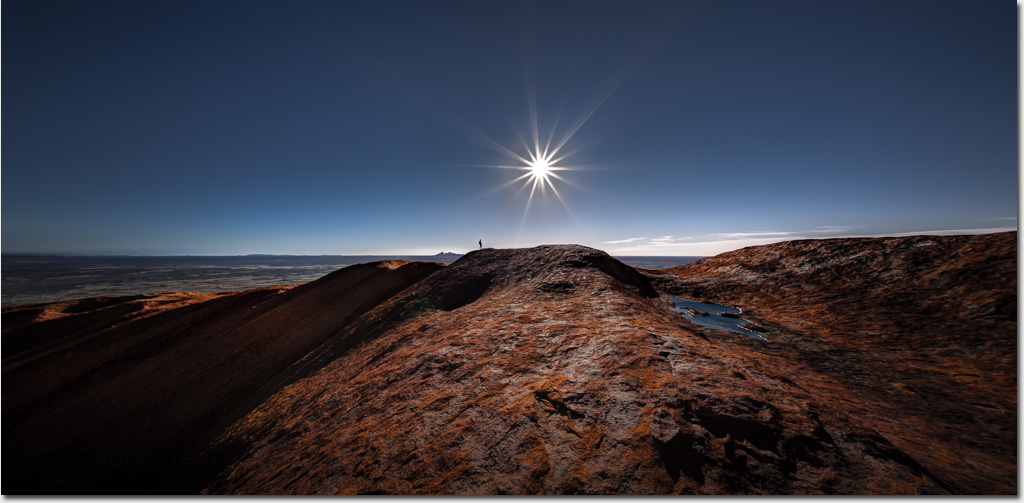
A view sought after by many visitors to Uluru who then encounter the ethical dilemma which follows, climb and fulfill a lifelong dream or respect the wishes of the traditional owners and stay off the rock.
In 1985 the Australian government gave title back to the traditional owners of the region and negotiated a 99 year lease allowing them to continue developing the the area for both its tourism and cultural importance.
Most Australians will have at least considered their decision to climb or respect this incredible sight from the ground before making the effort to travel here. Nearly all international visitors will only become aware of this when they are reading the sign at the beginning of the climb having just traveled tens of thousands of kilometers.
This international visitor chose to fulfill his lifelong dream and gaze out from a very privileged vantage.
Photo: Robert Rath, 'Privileged Vantage', 1/250s f/13 ISO100 15mm
Thursday, May 19. 2016

One of the most prolific travelers on the planet is the Wanderer or Monarch Butterfly, (Danaus plexippus), and so I was not surprised to find this beautiful creature as we walked around the base of Uluru.
Here a wanderer rests on the damp earth from the recent rain drinking from the minute amounts of water available.
Photo: Robert Rath, 'Desert Beauty', 1/400s f/6.3 ISO100 100mm
Wednesday, May 18. 2016
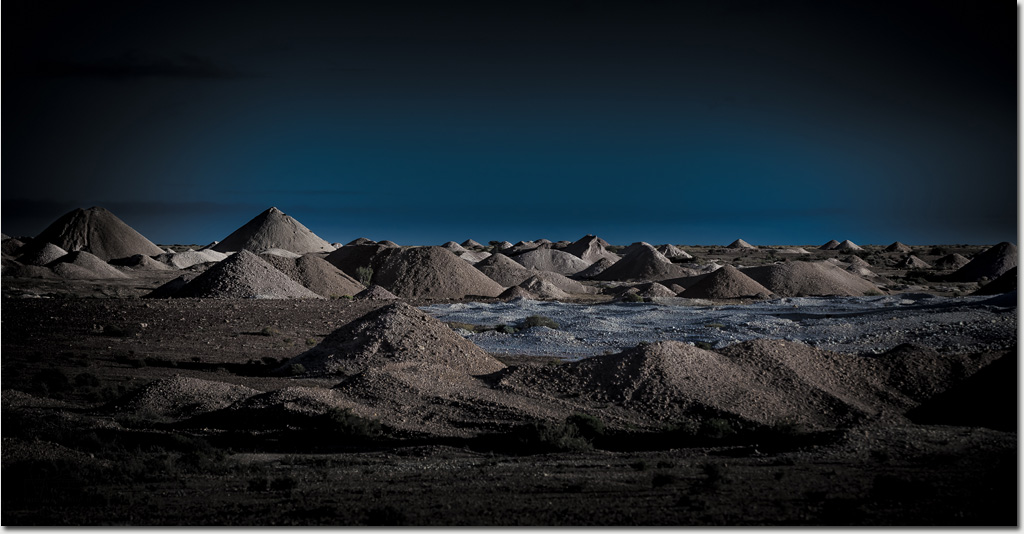
Coober Pedy in outback South Australia is a very strange place and that strangeness begins in the desert landscape well before you arrive.
Like some alien landscape the white and brown cones of unearthed soil, the dumped mullock heaps of opal mining, dot the landscape.
Each little mound tells of an abandoned search into the parched earth for opal. The larger mounds tell of more promising but ultimately abandoned mines as well.
This bizzare lanscape extends for tens of kilometers around Coober Pedy and gives this place uniqueness all its own.
Photo: Robert Rath, 'Mullock Landscape', 1/1000s f/6.3 ISO100 125mm
Tuesday, May 17. 2016
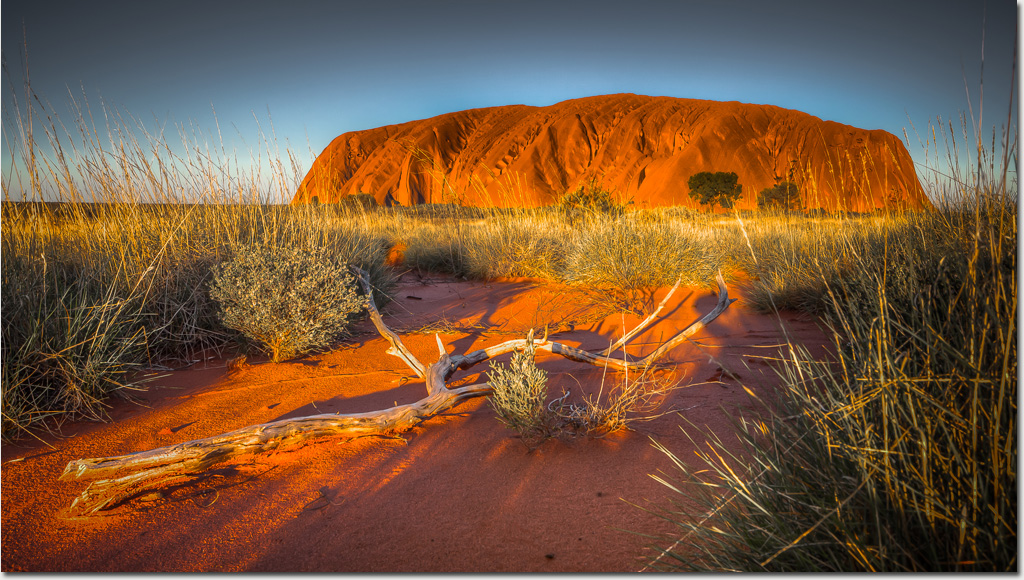
Arguably sunset on Uluru (formerly Ayers Rock) is Australia's most famous, most iconic and most photographed event.
When I finally got to experience this for myself, watching the colours changing as the sun fell in the west, I felt intimidated by every image I had ever seen and if I could capture even a glimpse of the feel of this beautiful sight.
So after driving 1600 kilometers I felt privileged to photograph an Uluru sunset and share this image but to appreciate this special place there is no substitute for being here.
Photo: Robert Rath, 'Uluru', 1/50s f/15 ISO100 27mm
Tuesday, May 3. 2016
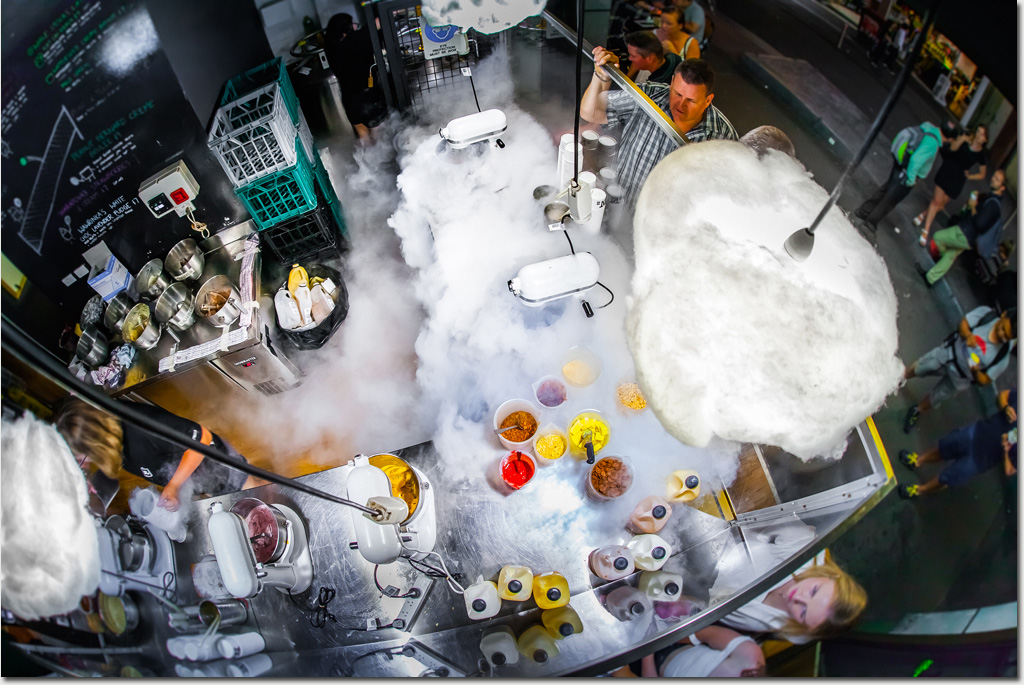
The coolest icecream I have even experienced was created in front of my very own eyes at N2 on Dixon Street in Sydney.
Step one create the mix.
Step two start blending.
Step three pour in a jug of liquid nitrogen.
Step four enjoy the show.
Step enjoy the icecream.
I never knew tha icecream could an extreme sport!
Photo: Robert Rath, 'N2', 1/50s f/5 ISO1250 15mm
Monday, May 2. 2016
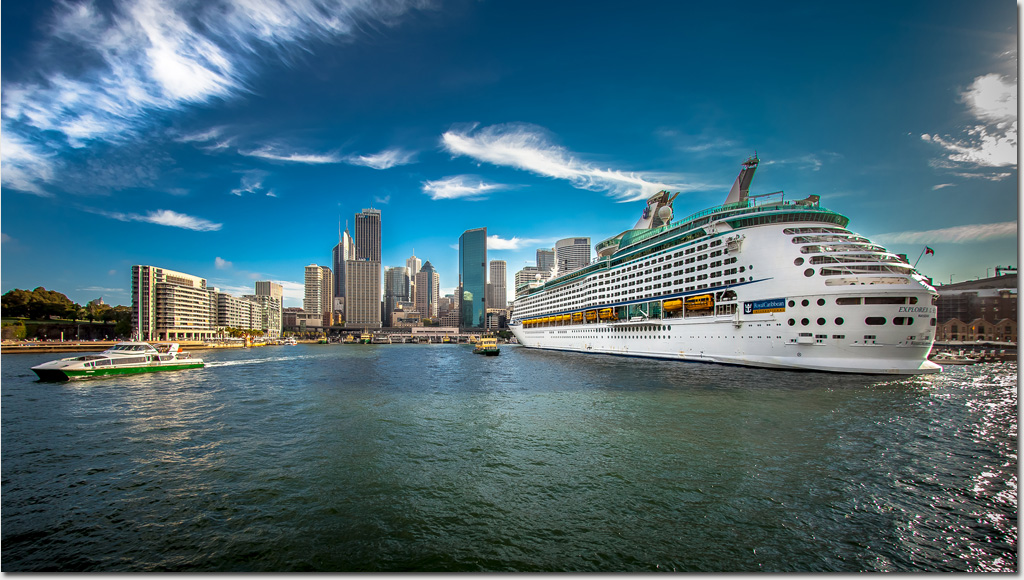
Cruising into Circular Quay with the Harbour Bridge on your right, the Opera House on your left and that gorgeous Sydney cityscape in prime position is an iconic experience that every visitor to Sydney should make the effort for.
On this occasion though the view was spoiled by the 'elephant in the room'. A very big, very white and very in your face elephant.
From some distance off the Royal Caribbean Explorer of the Seas is an awesome and novel sight as she sits in berth. As you get closer though the she starts to get intimidating to the point where most of Sydney is blocked from view by a massive floating wall of white painted steel.
The brochure promises adventure and to be fair I've never sailed on a cruise ship but I think I'd still prefer something a little smaller, a little rougher and a lot more real for the kind of ocean adventures I'd prefer.
Still, I think you'll agree, it's a big boat and to some size really is everything.
Photo: Robert Rath, 'Big Boat', 1/640s f/8 ISO160 15mm
Sunday, May 1. 2016
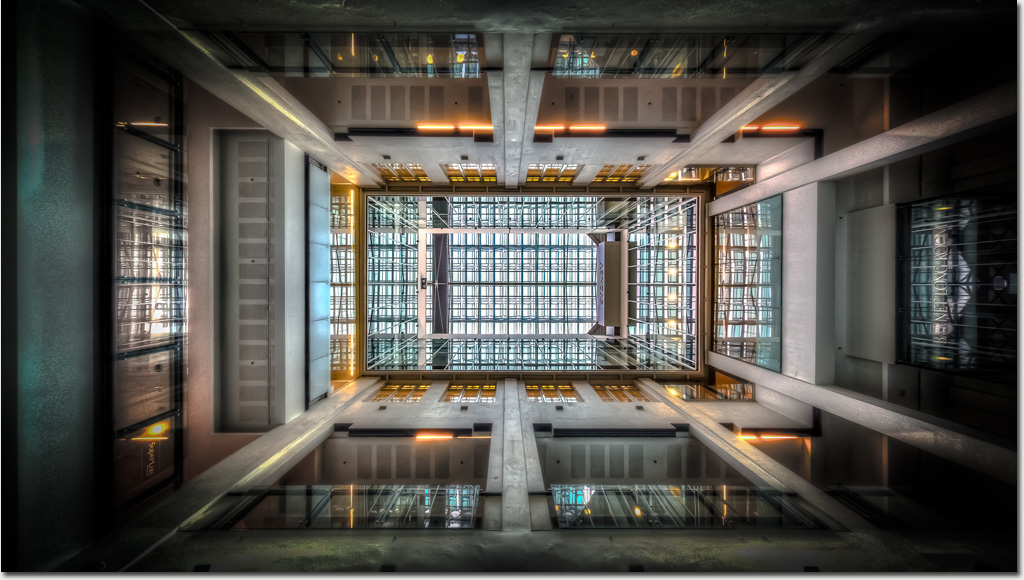
When we entered the foyer of Customs House in Sydney it was busy, noisy and there were people everywhere.
Some people gazed into the atrium void above, others marveled at the scale replica model of Sydney below the glass floor.
Tour groups posed for photos while tourists in pairs or alone wielded selfie sticks to capture them selves against the historical backdrop.
All the while there was a subdued cacophony of conversations fill with an occasionally recognisable word of some other Sydney tourist attraction.
From the outside The Customs House appears every much the historic 130 year old building it has always been.
From the inside though you could be in the lobby of some modern building anywhere in the world.
From the inside only the words 'Sydney' and 'Barnet Long Room' give its identify away.
When we left many hours later we were all alone and could enjoy this space in beautiful silence.
Photo: Robert Rath, 'Customs House', 1/2s f/11 ISO800 15mm
|